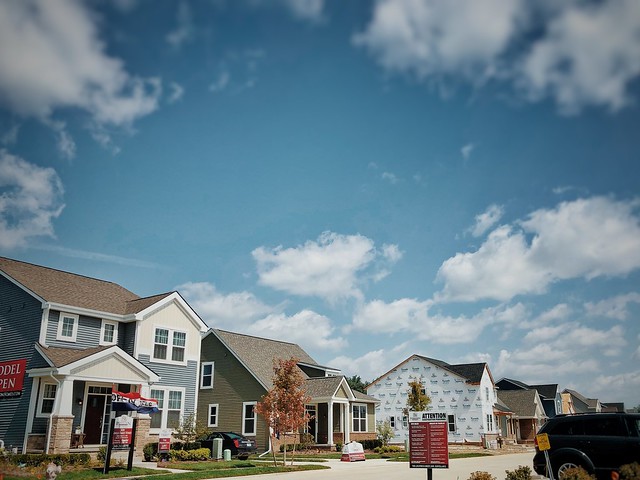Calculating how much house you can afford involves a few factors. You have to take into account how much you make, the price of the house, your mortgage rate, insurance, and property tax. You also have to factor in the rest of your household budget. It’s an equation every home buyer has to do for themselves. But, if you’re a prospective buyer just wondering generally how affordable buying a house is these days, ATTOM Data Solutions has some numbers. According to their first-quarter 2023 U.S. Home Affordability Report, buying conditions have improved slightly from the end of last year. In fact, the percentage of average wages required to cover homeownership expenses on a typical home fell 1 percent from the fourth quarter of 2022. In the first quarter, homeownership required 30 percent of average wages, down from 31 percent the quarter before. Rob Barber, ATTOM’s chief executive, says things have become slightly more favorable for buyers. “Things certainly haven’t swung way back into friendly territory,†Barber said. “Price drops and wage gains haven’t yet translated into equal improvements in affordability … but the scenario is becoming more favorable for buyers.†(source)













